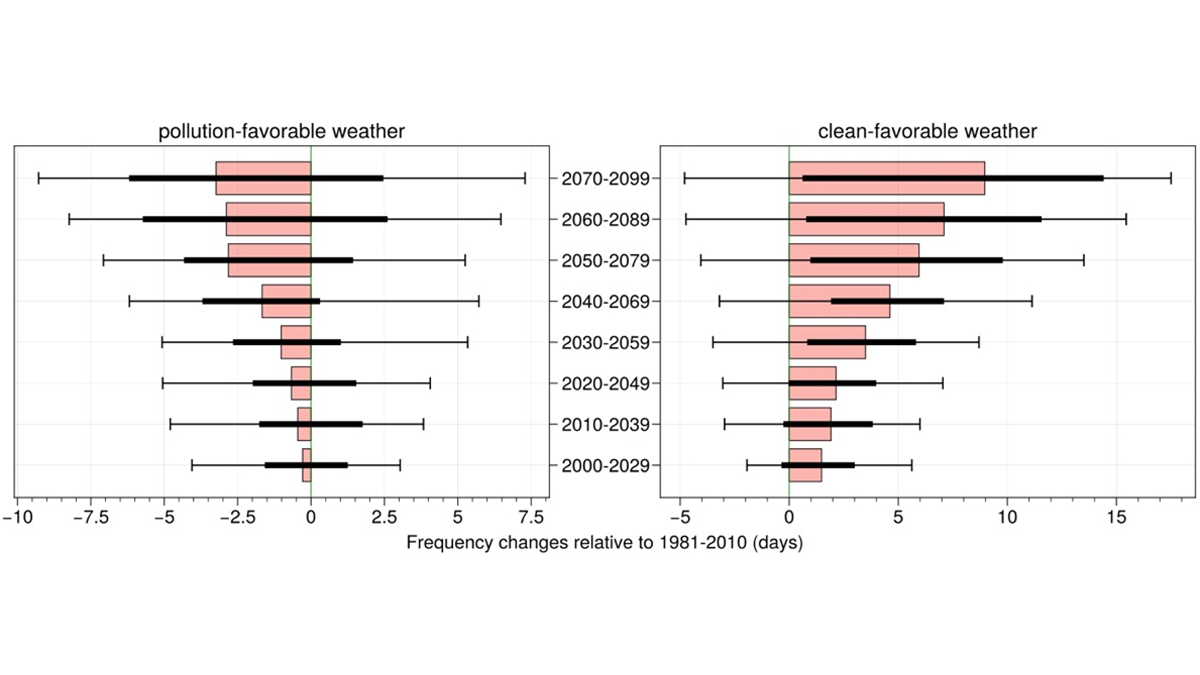Editors’ Highlights are summaries of recent papers by AGU’s journal editors.
Source: Geophysical Research Letters
During winter, severe air pollution with high PM2.5 concentrations frequently occurs in northern India under stagnant weather conditions. However, the large-scale circulation patterns conducive to pollution buildup remain unclear, which hinders an accurate prediction of the frequency of future pollution events under a changing climate.
Li et al. [2021] identify the circulation patterns favorable for both pollution events and clean periods in Delhi. State-of-the-art climate models successfully captured these patterns, laying a solid foundation for future projection. Global warming is projected to have a beneficial effect throughout the twenty-first century, leading to decreases in pollution-favorable weather days and increases in clean-favorable weather days.
These findings represent an important advancement in elucidating the circulation patterns associated with air pollution events over northern India as well as their future trends under a changing climate, with valuable implications for future air pollution control policies.
Citation: Li, J., Hao, X., Liao, H., Hu, J., & Chen, H. [2021]. Meteorological impact on winter PM2.5 pollution in Delhi: Present and future projection under a warming climate. Geophysical Research Letters, 48, e2021GL093722. https://doi.org/10.1029/2021GL093722
―Bin Zhao, Associate Editor, Geophysical Research Letters

